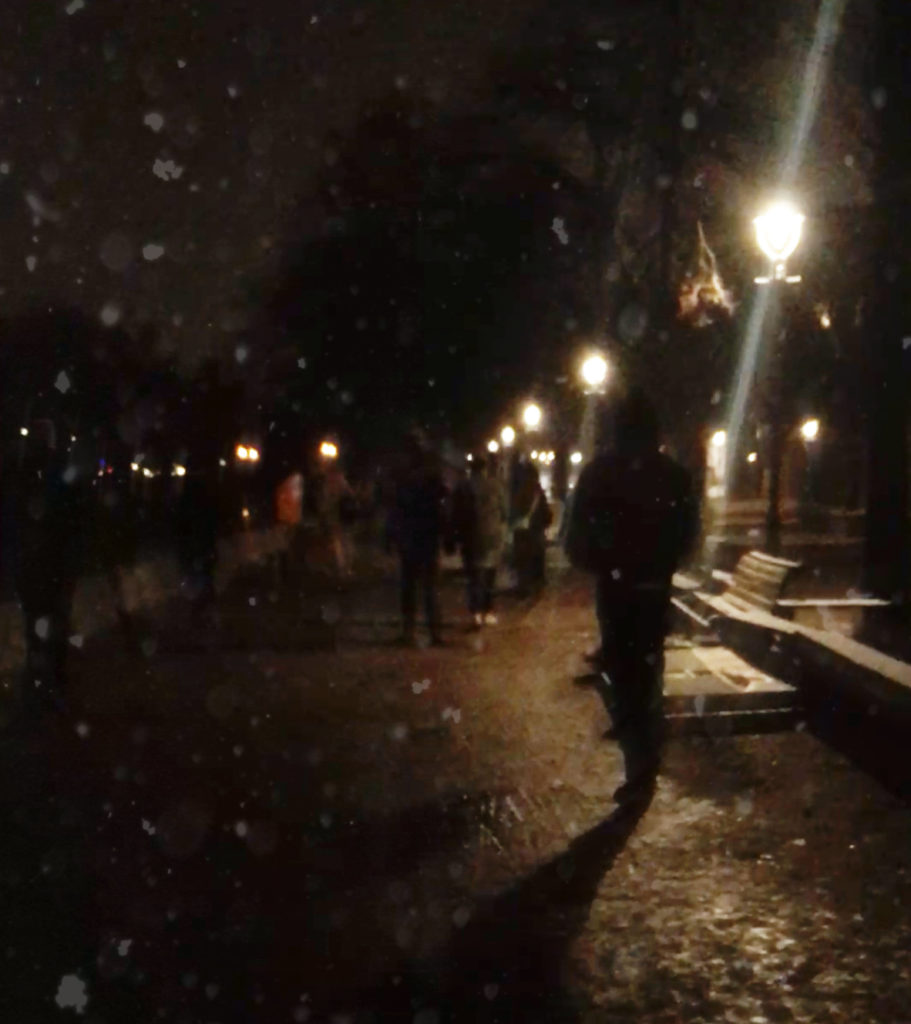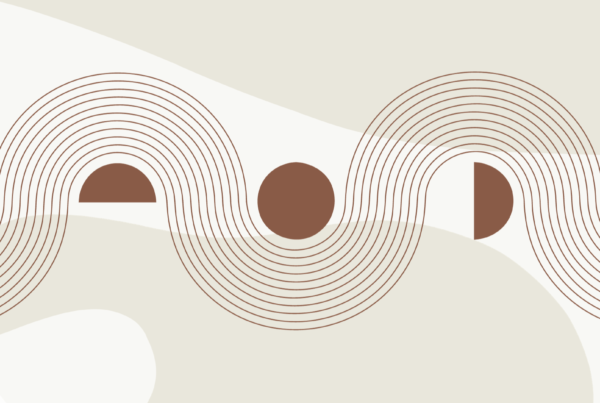As part of our Berlin series of Listening Bodies events we hosted a Soundwalk between GlogauAIR and Somos gallery.
HISTORY OF SOUNDWALKING
A soundwalk is any excursion whose main purpose is listening to the environment. It is exposing our ears to every sound around us no matter where we are. We may be at home, we may be walking across a downtown street, through a park, along the beach; we may be sitting in a doctor’s office, in a hotel lobby, in a bank; we may be shopping in a supermarket, a department store, or a Chinese grocery store; we may be standing at the airport, the train station, the bus-stop. Wherever we go we will give our ears priority. They have been neglected by us for a long time and, as a result, we have done little to develop an acoustic environment of good quality.
Listening in that way can be a painful, exhausting or a rather depressing experience, as our ears are exposed often to too many, too loud or too meaningless sounds. Trying to ignore them, however, makes even less sense. Since we cannot close our ears, we cannot help hearing all sounds. No matter how hard we try to ignore the input, the information enters the brain and wants to be processed. Physically and psychically, we still have to compensate for any noise even if our ears perceive it unconsciously. In addition and most importantly, we desensitize our aural faculties by shutting out sounds and thereby not allowing our ears to exercise their natural function.
Unless we listen with attention, there is a danger that some of the more delicate and quiet sounds may pass unnoticed by numbed ears and among the many mechanized voices of modern soundscapes and may eventually disappear entirely. –Hildegard Westerkamp,Soundwalking. originally published in Sound Heritage, Volume III Number 4, Victoria B.C., 1974, Revised 2001
COMPONENTS OF SOUNDWALKING / LISTENING
- Keynote: typically ambient sounds which are not perceived, not because they are inaudible but because they are filtered out cognitively, such as a highway or air-condition hum)
- Soundmark: a sonic landmark; a sound which is characteristic of a place)
- Sound signal: a foreground sound; e.g. a dog, an alarm clock; messages/meaning is usually carried through sound signals.
- Sound object: the smallest possible recognizable sonic entity (recognizable by its amplitude envelope)
- Acousmatic: a description for sounds whose sources are out of sight or unknown. This also relates to acousmatic music.





